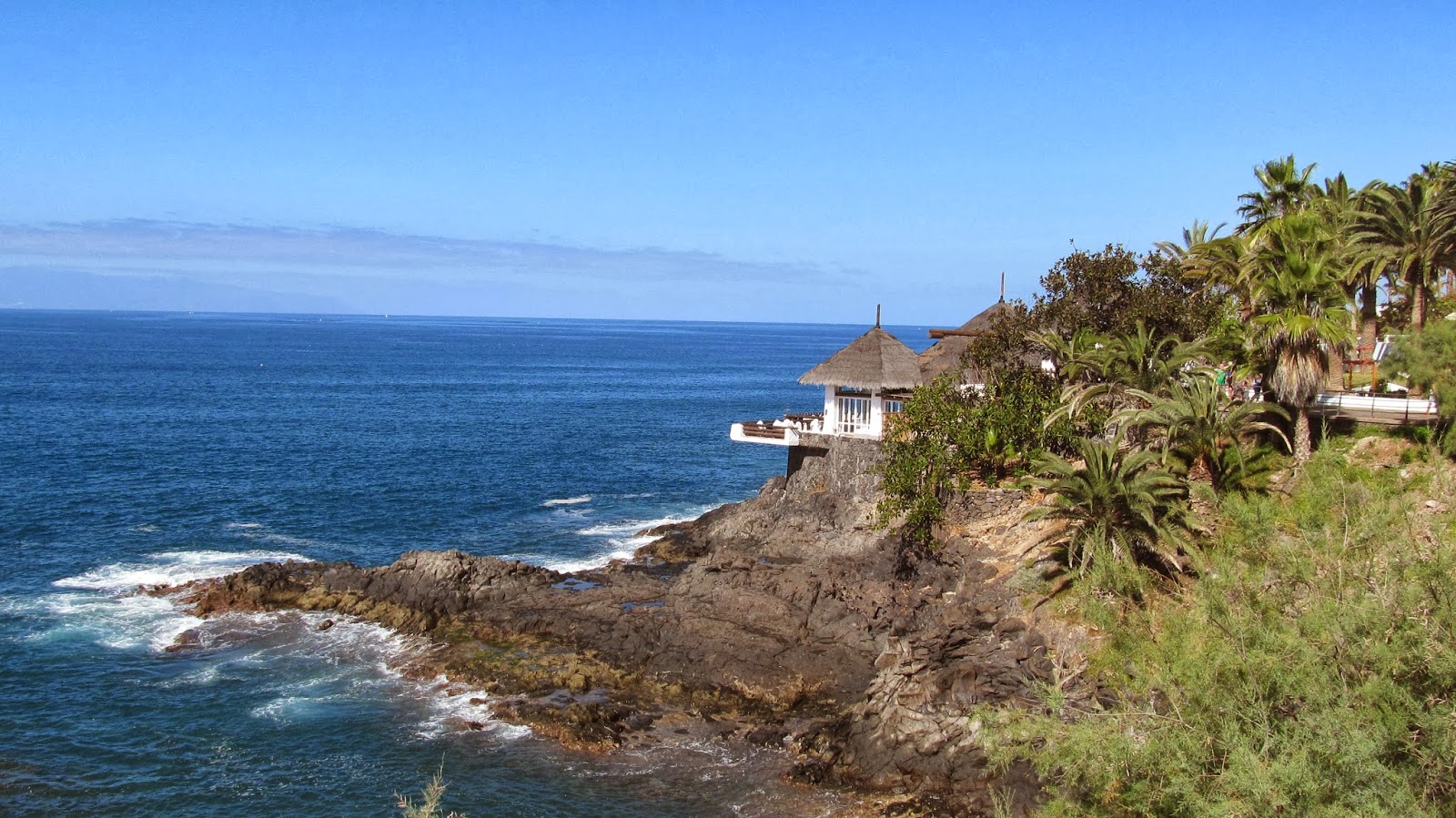This past weekend we had an excursion to Andalucía, which is
a providence in the south of Spain. Leaving at 9 a.m. Friday morning, we had a
6 ½ to 7 hour bus ride ahead of us from Segovia to Córdoba, where we were staying for the weekend. After stopping
for a lunch break, we made it to Córdoba
around four or five and visited both the cathedral and the Alcázar. The
cathedral of Córdoba was huge and had gorgeous architecture and the Alcázar had
beautiful gardens.
 |
| Me at the Alcázar |
One of the first things that struck me about Córdoba
was that it had orange trees lining the streets. There were also many lemon
trees too, but the orange trees were everywhere. I asked if we could eat the
oranges but it turns out that they make you sick, so I had to stick with just looking
at them and wanting to eat them.
 |
| One of the Many Orange Trees |
Saturday was
our day trip to Granada, which is about two hours to the south of Córdoba. We
visited the Alhambra, which is basically a huge area that contains many
buildings and grounds. It’s one of the most visited places in Spain, so we
reserved our tickets beforehand. My personal favorite was the palace, which was
an Arabic palace with incredible architecture design and is known for its lion
fountain. We couldn’t have asked for a better day either, the sun was shining
and it was in the 60’s.
 |
| Lion Fountain |
After the
Alhambra, we went to the central part of Granada for our free time. The group
that I was with decided to go wander around the street shops near the
cathedral. It seems like every place we go has a cathedral, plaza mayor or main
plaza, and a castle, which makes meeting back up with our main group pretty
easy. I just love all the history here and the buildings, so different than
those back in the U.S.! We ended up finding a street vendor that would write
our names in Arabic for a euro or two, depending on the paper we wanted. I
splurged for the two euro one, and got both my name and Spanish name in Arabic
(Raquel is the equivalent of Rachel in Spanish, and it’s also what my host mom and
some of my professors call me – it’s hard for them to pronounce Rachel). The
guy was really nice and explained the lettering to me. I love all of the
culture differences and that I was able to speak with him in Spanish with his first
language being Arabic and mine English. You could really tell the Arabic influence
in Granada and Córdoba from the architecture and shops alone. Sunday was a long
bus ride back to Segovia, but it was worth it. After catching up on some
homework, it was time to go back to classes on Monday.
 |
| View from the Alhambra of Granada |
This is also my
second week volunteering at a Jewish history museum in Segovia through the tourism
office. It’s a smaller museum, but I’m learning so much about the Jewish
history of Segovia. The earliest record of the Jewish people in Segovia was
recorded in 1215 and they were expelled in 1492. There aren't many artifacts
that remain since many of their buildings were destroyed, but there are
archaeological records that tell what used to be standing. The Jewish quarter of
the street is marked off with signs on the streets that signify it’s the Jewish
quarter. Even though it isn't a very big museum, it’s interesting to learn
about the different cultures that were and are present in Segovia.
 |
| Video inside the Museum |
Time just seems
to be flying by over here; we have midterms and spring break (in Greece!)
starting at the end of next week already! I've made it to almost the halfway
point, and I can’t seem to believe how fast it’s going.
















